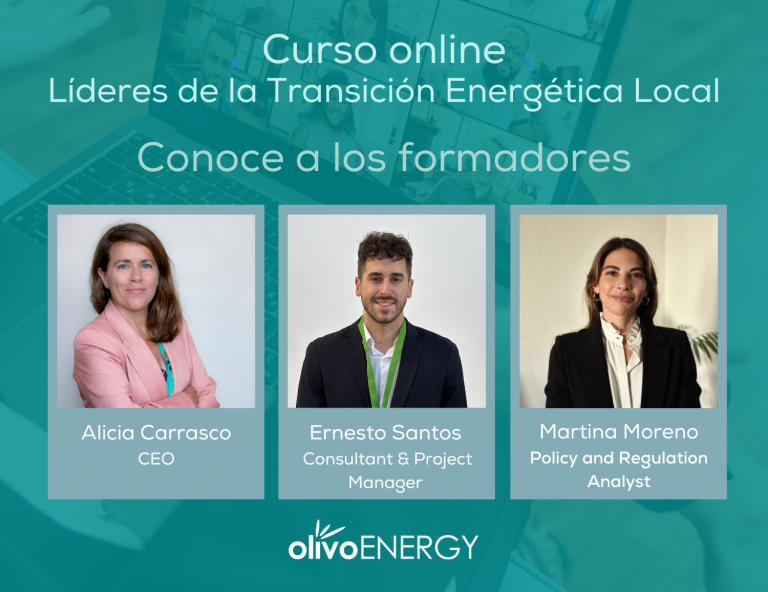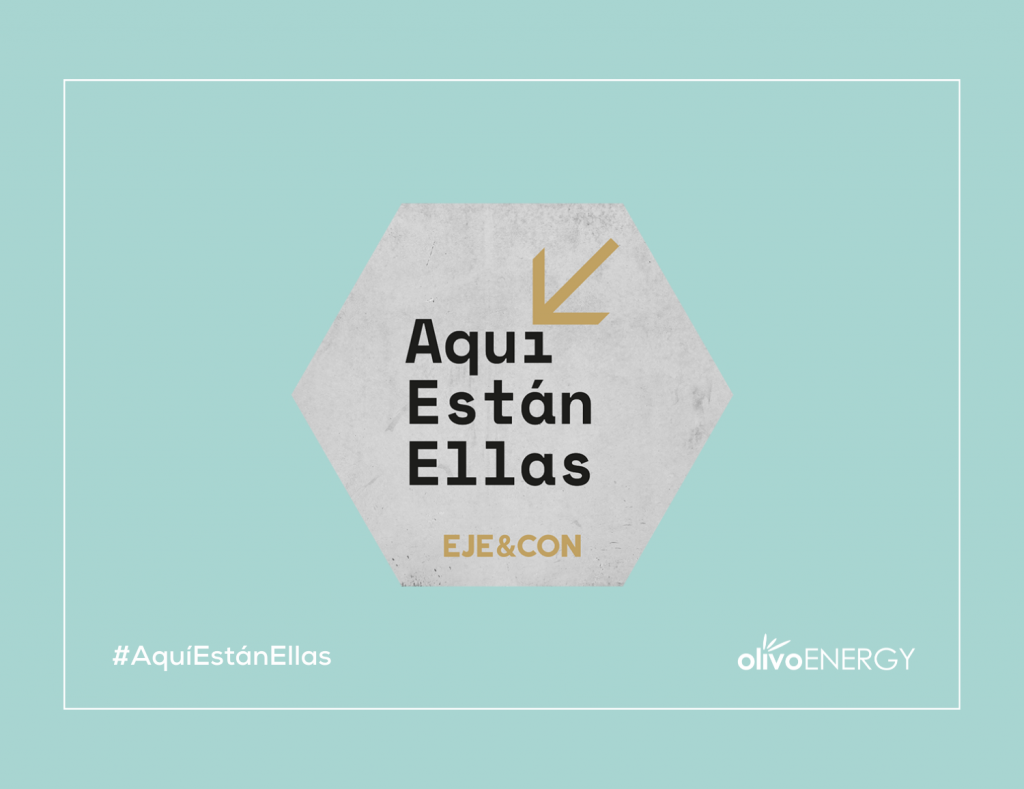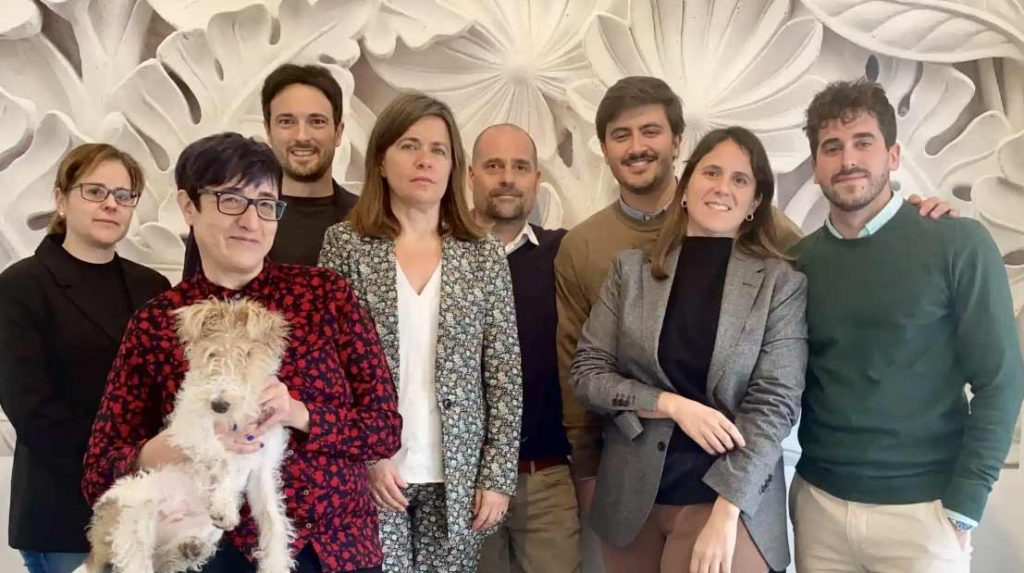On October 2, we launch a new edition of our Leaders of the Local Energy Transition course — a 100% online, intensive and practical 12-hour program, divided into 4 modules, designed to give you the tools to plan, implement, and lead energy projects in your municipality.
This course is aimed at public administrations, policymakers, and municipal technical teams who want to accelerate the energy transition at the local level, with content that can be applied from day one. You can also request a custom edition for your municipality or organization, adapting examples, case studies, and materials to your specific context.
What you will learn, module by module:
Module I – The Role of Public Administrations
The strategic role of local governments, EU and Spanish regulatory framework, financing, green public procurement, energy communities, and effective leadership.
Module II – Planning the Energy Transition
Designing sectoral plans, integrating the Covenant of Mayors and Urban Agendas, key indicators, and plan harmonization.
Module III – From Planning to Implementation
Planning tools, citizen participation, evaluation, the Quintuple Helix model, and development of SECAPs (Sustainable Energy and Climate Action Plans) and SUMP (Sustainable Urban Mobility Plans).
Module IV – From Theory to Practice
Practical lab with real case studies and an action plan ready to apply from day one.
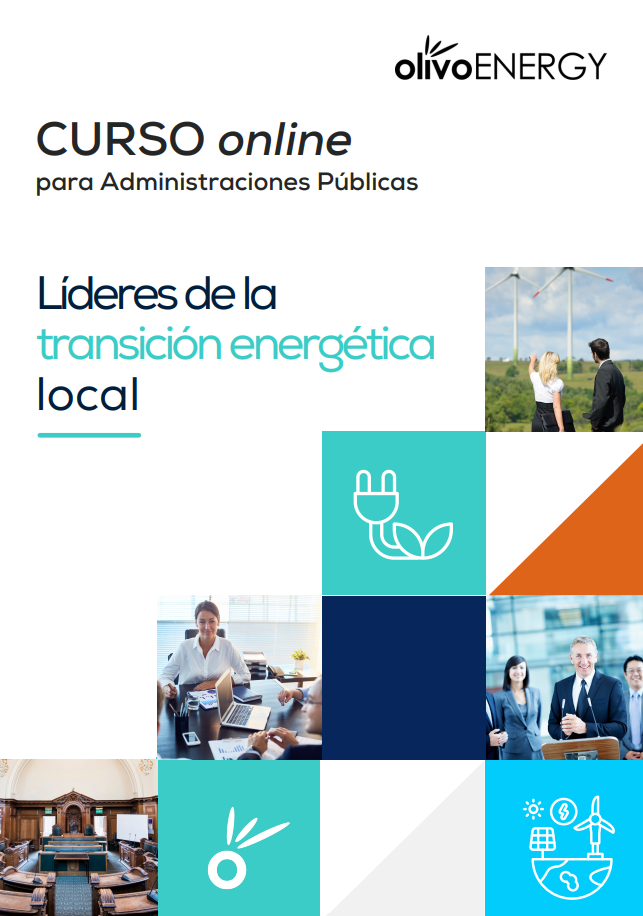
To give you deeper insight into the program, we interviewed the three trainers — Alicia Carrasco, Martina Luz Moreno, and Ernesto Santos — who shared a detailed and personal look at their modules.
First is our turn to speak with, Alicia Carrasco. Carrasco is a recognised leader in the clean energy sector, with over two decades of experience successfully driving the energy transition. Founder and CEO of olivoENERGY, and co-founder and Executive Director of ENTRA Agregación y Flexibilidad, she works to promote demand-side flexibility and market innovation.
Alicia, thank you for taking the time to give us a closer look at the course content and to explain why the role of public administrations is so crucial in accelerating the energy transition at the local level.
Why do you believe local administrations have such a decisive role in the energy transition?
Because they are on the front line. Local administrations know the territory, its needs, its people, and its challenges best. Without them, the energy transition doesn’t land. Having big national or European goals is not enough; real implementation — the one that transforms homes, neighborhoods, and municipalities — happens at the local level. They are the ones who can drive energy communities, apply green public procurement, and mobilize citizens to achieve real change.
What content and tools will participants work on with you in the course?
We will review the latest EU directives and their transposition into Spanish law, explore mechanisms like Next Generation funds and other financing tools, and learn how to apply them to concrete projects. We will work on real examples of local energy communities, green procurement projects, and functioning flexibility schemes. The goal is for each participant to leave with a concrete roadmap to act from their administration, along with tools to exercise effective public leadership.
What advice would you give to a local leader who wants to drive an energy transition in their area?
Don’t wait to have everything perfect before starting! The energy transition is built step by step, with vision and courage. Surround yourself with allies, listen to your citizens, identify viable projects, and start mobilizing resources. Communicate the plan well so that people feel it’s theirs.

Real change happens locally — where administrations know their territory, their people, and how to turn big goals into tangible action.
Next, we speak with Martina Luz Moreno. lawyer and expert in energy sector regulation. At olivoENERGY, she provides regulatory guidance to strategic projects, helping shape innovative approaches to flexibility and market integration. As part of the European project PLAN4CET, she contributed to the development and delivery of the regulatory modules within the program.
Martina, thank you for sharing your insights on why strategic planning and policy alignment are essential for municipalities to make meaningful progress in the local energy transition.
How important is strategic planning for a municipality to advance in the energy transition?
It’s essential. A well-defined local strategy allows you to prioritize, coordinate, and direct resources where they really make a difference. Without a clear roadmap, actions are scattered and lose impact. Good planning connects local policies with international commitments and ensures coherence and continuity over time.
How do you integrate commitments like the Covenant of Mayors or Urban Agendas in your module?
We will teach how to align local plans with international and national commitments, such as the Covenant of Mayors, Urban Agendas, or the National Integrated Energy and Climate Plans. We’ll analyze how to translate these commitments into concrete actions, how to report progress, and how to integrate them into municipal planning tools. We’ll also look at how these frameworks are incorporated into sectoral plans like SECAPs or SUMPs, ensuring they don’t remain as formal documents but drive real change.
What indicators do you consider essential to measure the progress of a local energy plan?
The first step is having clear, measurable, and comparable indicators. We will work with indicators such as energy consumption by sector, local renewable production, CO₂ emissions per capita, energy poverty rates, and citizen participation levels in energy projects. We will also address governance indicators, such as coordination between municipal departments or the creation of management structures to ensure the plan’s continuity.

Strategic planning is the backbone of a successful energy transition. It turns commitments into concrete actions that create real change in our communities.
Ernesto Santos is an energy transition consultant with extensive experience leading strategic projects at olivoENERGY. He has delivered specialised training on demand-side flexibility, aggregation, and electricity markets, and served as the lead trainer for the Transition Manager course under the European project PLAN4CET. In this course, Ernesto takes the role of lead trainer, guiding participants through the process of turning strategic plans into real-world actions that deliver tangible results.
Ernesto, thank you for showing us how to bridge the gap between planning and implementation, and for sharing the practical tools that will help participants lead the local energy transition from day one.
What methodologies and implementation tools will participants work on in your part of the course?
We will focus on moving from planning to action with tools for citizen participation, evaluation, and monitoring. We will apply the Quintuple Helix model to integrate all territorial actors — administration, citizens, academia, businesses, and the natural environment — into a shared project vision. We will also practice methodologies to prioritize actions, assign responsibilities, and activate resources effectively.
How can you ensure an action plan is realistic and viable at the municipal level?
The key is to combine ambition with realism. A viable plan comes from deep knowledge of the territory, stakeholder involvement from the outset, and clear prioritization. We will work on how to adapt the plan to the municipality’s actual capabilities, define achievable goals, and structure a timeline with well-defined phases. The Quintuple Helix model will help us coordinate all agents involved in execution.
What do you expect students to take away at the end of the course?
A concrete action plan, ready to be implemented in their municipality, along with templates, practical resources, and real-world examples. Most importantly, I want them to leave confident that they can lead the local energy transition, knowing what steps to take, which resources to activate, who to talk to, and how to achieve visible results from day one.

Successful implementation is about combining ambition with realism, adapting plans to local capabilities while engaging every actor in the territory to make change happen.
In Summary
This course is a unique opportunity to gain, in just 12 hours, the knowledge, tools, and vision needed to transform a municipality’s energy strategy. With the expertise of Alicia, Martina, and Ernesto, participants will go through the complete journey: from strategic vision, through solid planning, to practical implementation and work on real case studies.
- Start date: October 2
- Format: Live online + recordings
- Seats: 30 (Open edition)
* Custom edition available for your municipality or local entity, tailored to its challenges and goals.

